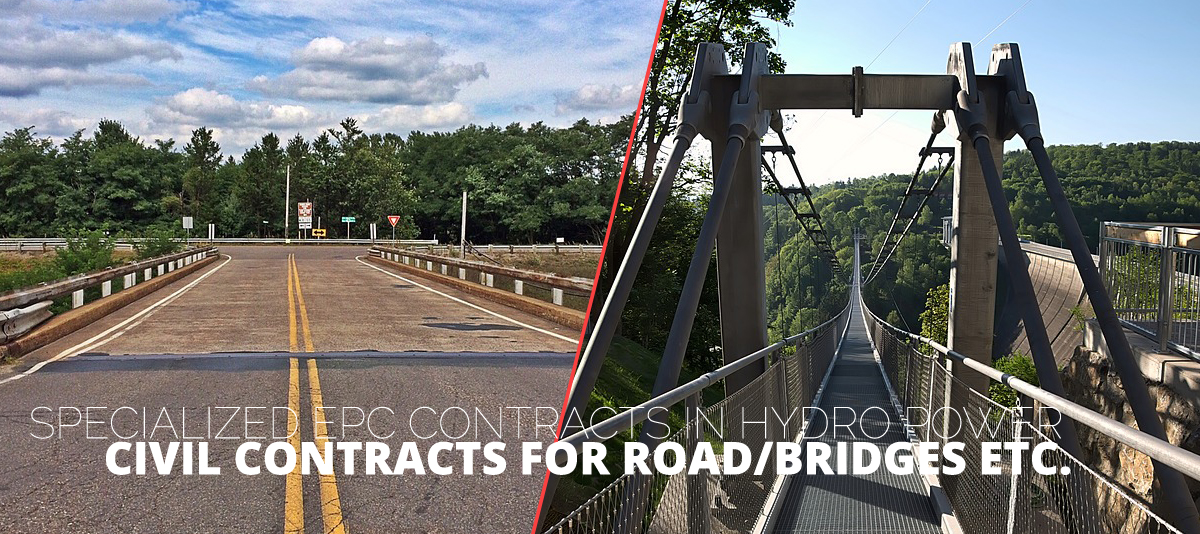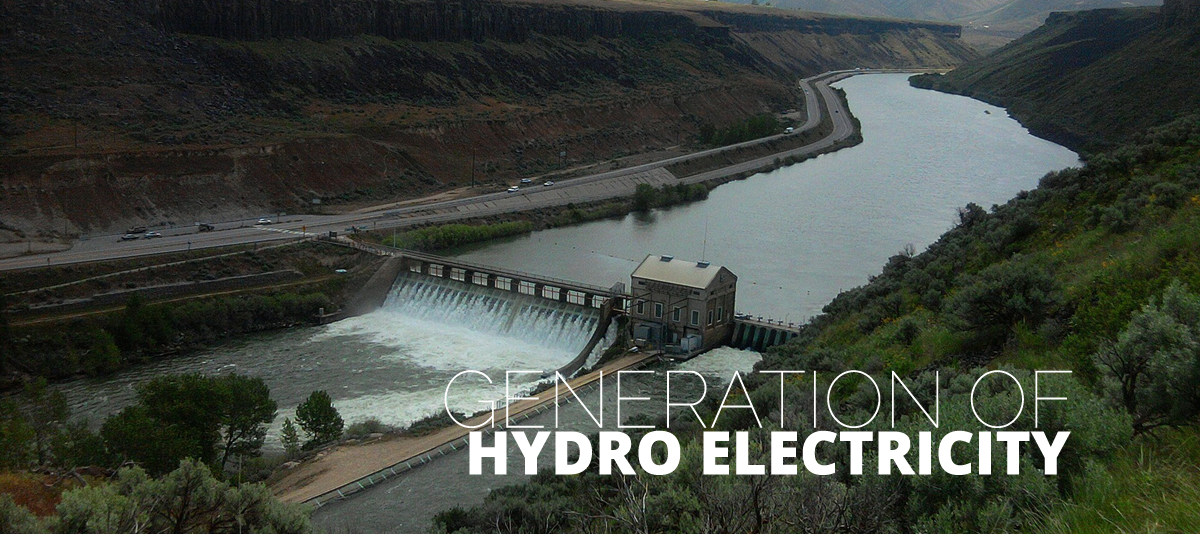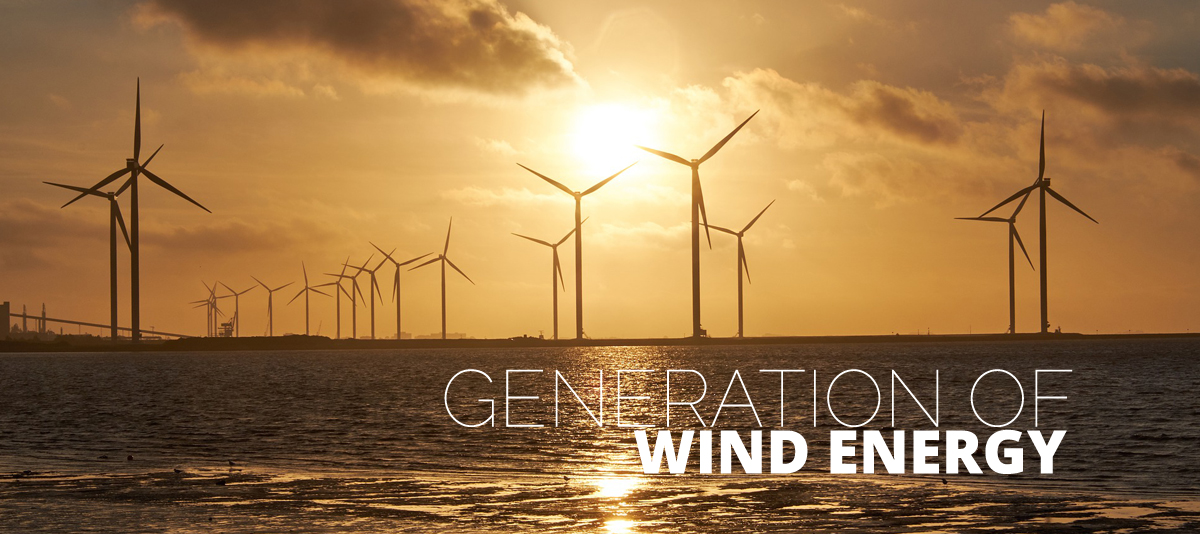Email info@edclgroup.com
Extension Project
Power Generation
Harangi Stage- ii HEP 6 MW (1 x 6MW)
A unique Power Project
The development of 1×6 MW Harangi Stage- II HEP is a unique power project , which has been conceived as outcome of the efforts to avoid loss of energy generation at the existing Harangi HEP due to sudden failures and closures of the Left Bank Irrigation Canal at Harangi Dam and to reduce flood risk in the irrigation command area.
Converting energy losses to energy surplus
The existing Harangi HEP can be operated only and at the capacity which will release required irrigation waters into the Canal. But during the past 2/3 years, the irrigation canal experienced breaches threatening flooding of the command area and forcing closures of Harangi HEP.
To avoid this, EDCL proposed to install a Cross Regulator in the main irrigation canal to regulate irrigation water through the canal to avoid floods, and to divert excess water to Harangi River through Escape Channel.
This arrangement offers a dual advantage. It ensures continuous operation of Harangi-I HEP even during heavy overflow days and closure of the irrigation canal.
It also offers potential for generating more energy by tapping potential head difference between normal tail water level of the existing plant (Harangi Stage-I HEP) and the bed level of the Escape channel. Harangi Stage- II HEP is conceived to tap this power potential.
During Monsoons, when there is minimum irrigation requirement in the command area, the balance tail water from Harangi –I HEP and Dam spill over water can be made available to Harangi Stage-II HEP for generation.
Reducing flood risk
The project has the environmental benefits of reducing flood risk to the command area catered by the irrigation canal as the water in the canal will be regulated by installing a cross regulator. Excess water will be thrown in to the Escape Canal, which will take this water to Harangi River down stream of the Dam.
Project Description
The project scheme has simple civil works comprising Cross Regulator, Intake Structure and Approach Channel, Steel Penstock, Power House, Tail Pool and Tailrace Channel.
A steel penstock of 4.3 m diameter and 36 m length will lead water from approach channel to turbine at the power house. The Power House will be surface type located on the Right Bank of the Present Escape Channel. The power house will house a 1x6MW Horizontal Propeller Kaplan turbine coupled to a synchronous generator through speed increasing gearbox. Propeller Kaplan is chosen as there is almost constant head and discharge.
The project involves minimum civil works as part of existing escape channel will act as tailrace channel. No weir is envisaged. So no disturbance to ecology is expected because of Civil Work.
There will be no displacement of population and hence no rehabilitation of population involved.
Energy Generation
Using 75% dependable year data, the number of spill days is 54 and the energy generated from Harangi Stage-II plant works out to be 6.48 MUs.
The installation of Cross Regulator Gates will result in incremental energy generation of more than 1.5 MUs from the existing 9 MW Harangi HEP.
Therefore the total energy generation from the project is 7.98 MUs.
Evacuation
Power generated from Harangi Stage- II HEP shall be stepped upto 66 kV by the transformer. The existing transmission line from existing switchyard to Khushalnagar 66 kV substation is adequate to evacuate the additional and existing power from this switchyard.
MNES Subsidy and Carbon Credit
The project area falls in the hilly region of other states, and as such, the project is entitled for Rs.3 crores MNES Subsidy. The project also qualifies for Carbon Credit benefits. In Karnataka , 820 CER units are generated per million unit. Therefore, the CER units generated for the proposed plant with clean energy generation of 7.98 MUs is 820x 7.98 = 6543.6. CER price range is Euro 8-9. Therefore, annual CDM benefits (at 1 Euro= Rs.55) will be about Rs. 22,84,198.00.
Under the global Kyoto agreement on Climate Change, Certified Emission Reduction (CER) is proof enough that the world’s net greenhouse gas has been reduced. One CER equates to an emission reduction of one tonne of CO2



